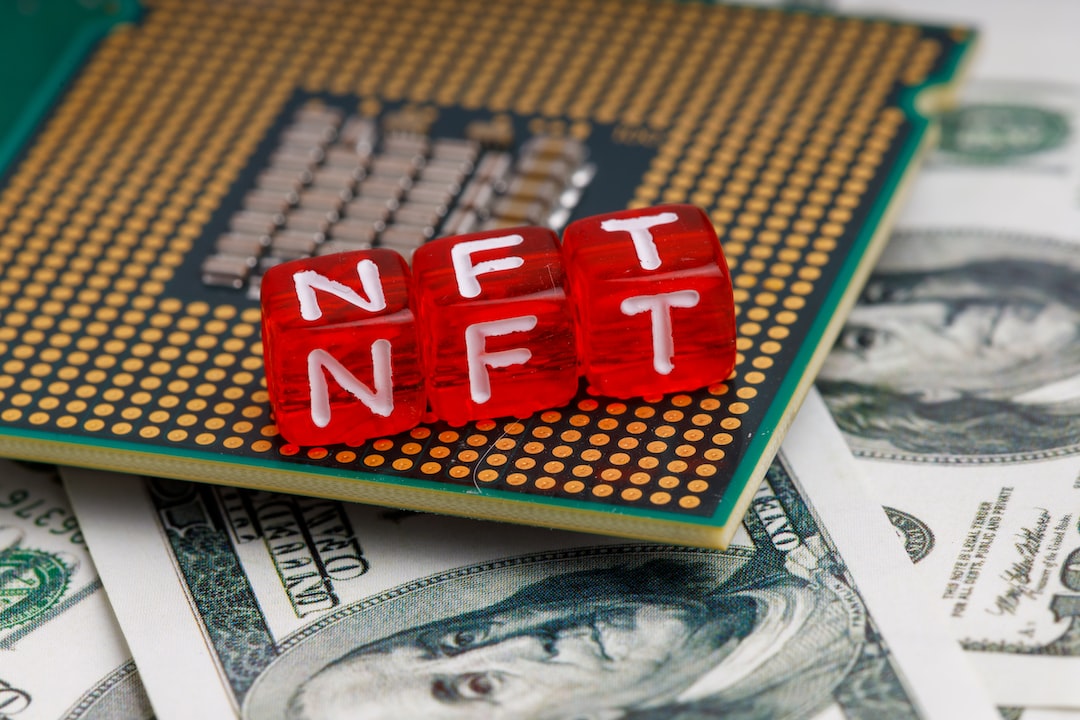Chainalysis Raises Concerns About Accuracy of Reports on Crypto’s Role in Terror Financing
Blockchain analytics firm Chainalysis is questioning the accuracy of recent reports that claim cryptocurrency plays a significant role in terrorist financing. After the recent Hamas attack in Israel, there has been increased scrutiny of how terrorist groups use digital assets for funding. While Chainalysis acknowledges that terrorism financing makes up only a small portion of illicit crypto transactions, it does acknowledge that some terrorist organizations do raise, store, and transfer funds using cryptocurrencies. However, the firm emphasizes that traditional fiat-based methods like financial institutions and shell companies remain the primary means of financing for these organizations.
Overestimating Crypto’s Involvement in Terror Financing
In response to media outlets attempting to estimate the extent of illicit crypto funds used by Hamas, Senator Elizabeth Warren and other lawmakers have called for answers from the Biden administration. Chainalysis highlights two important aspects of analyzing terrorism-related funds: quantifying funds directly in possession of terrorist organizations and identifying service providers facilitating the movement of these funds. The firm expresses concerns that recent estimates may have included all flows to certain service providers, even if only a fraction was associated with terrorism financing. For example, out of $82 million raised for terror financing, Chainalysis estimates that only around $450,000 was actually intended for terrorist activities.
The Role of Service Providers
While Chainalysis questions some estimates used by media outlets, it emphasizes the importance of considering the role of service providers in terrorist financing. These providers act as facilitators and support terrorism by enabling fund transfers. Disrupting their operations through sanctions or offensive actions is crucial to combating terrorist finance.
Hot Take: Cryptocurrency’s Limited Role in Terrorism Financing
Chainalysis’ concerns about overestimating cryptocurrency’s role in terror financing highlight the need for accurate reporting and analysis in this area. While some terrorist organizations do use digital assets for funding, it remains a small fraction of their overall financing methods. Traditional fiat-based systems still play a significant role in terrorism financing. Understanding the nuances of fund flows and the involvement of service providers is crucial in addressing this issue effectively. By focusing on disrupting the operations of these facilitators, authorities can make significant strides in combating terrorist finance.





 By
By
 By
By
 By
By
 By
By
 By
By
 By
By